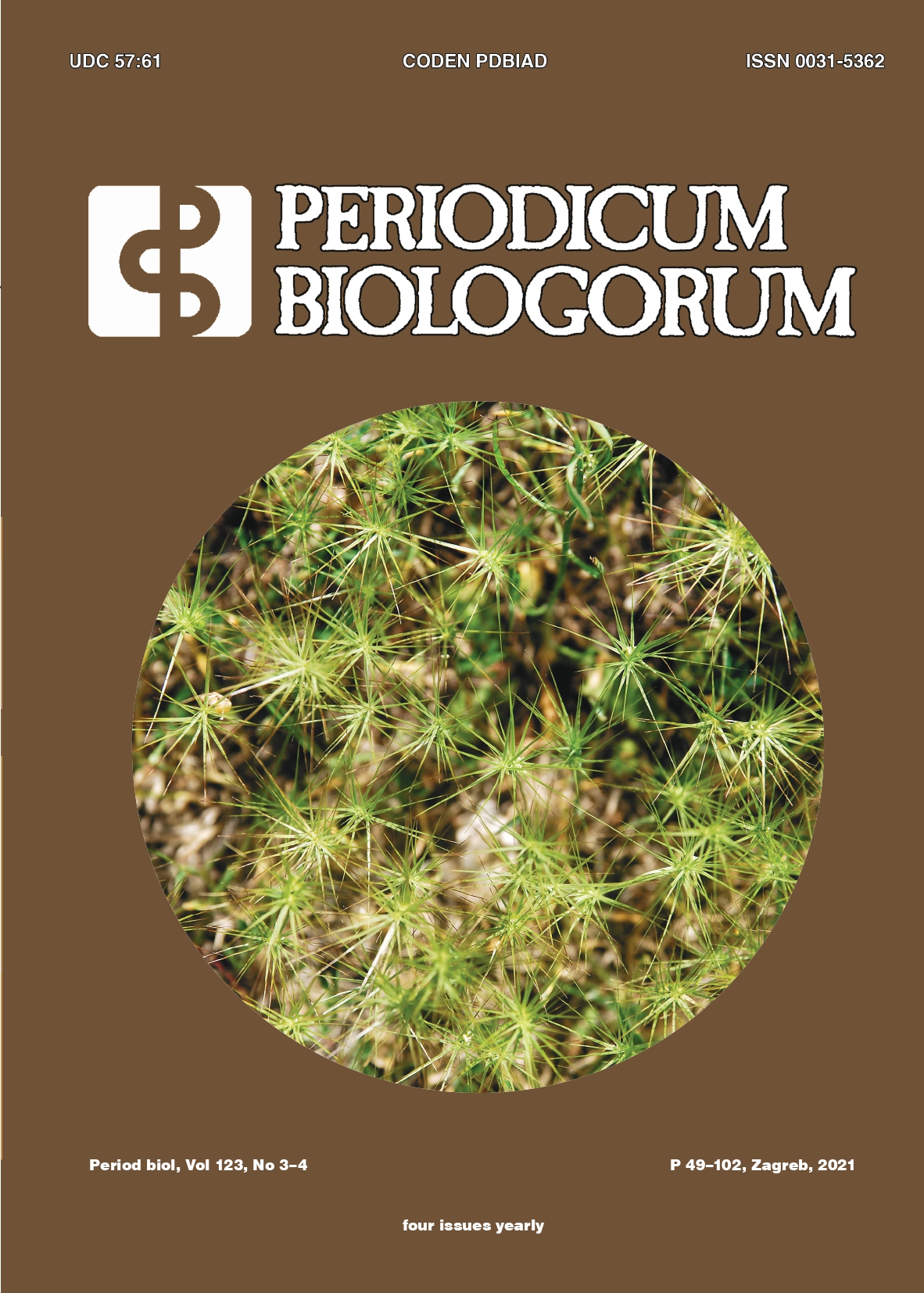Obesogens – new global health problem?
DOI:
https://doi.org/10.18054/pb.v123i3-4.5032Abstract
Obesity is a serious global public health problem. It is a complex disease caused by a combination of several factors including overeating and a sedentary lifestyle, genetic susceptibility and environmental factors. Substantial scientific evidence indicates that increase in obesity prevalence correlates with increase in production and human exposure to environmental chemicals, suggesting that a long list of chemical compounds that can be found all around us may play a role in the etiology of obesity.
Endocrine disrupting compounds (EDCs) are chemicals that can interfere with the function of endocrine system. A subclass of EDCs that can disrupt a great number of metabolic processes including normal development of adipose tissue and balance of lipid metabolism thus leading to obesity are called obesogens. They can be found in electronics, plastics, furniture, clothes, cosmetics and also in the air, water and food that people consume. Persistent organophosphate pesticides, flame retardants, nicotine and plastics have all been linked to obesity particularly if exposure occurs during early life (in utero, newborns). Early development is the most vulnerable period for obesogen exposure leading to epigenetic changes that persist throughout life.
Current knowledge on obesogens is probably just „the tip of the iceberg“ and future research is needed as well as increasing public awareness of this problem and its implications to human health. It is important to establish control over obesogens and try to prevent or at least limit the exposure of people, especially children and pregnant women, to these dangerous and harmful chemical compounds.
Downloads
Published
Issue
Section
License
The contents of PERIODICUM BIOLOGORUM may be reproduced without permission provided that credit is given to the journal. It is the author’s responsibility to obtain permission to reproduce illustrations, tables, etc. from other publications.


